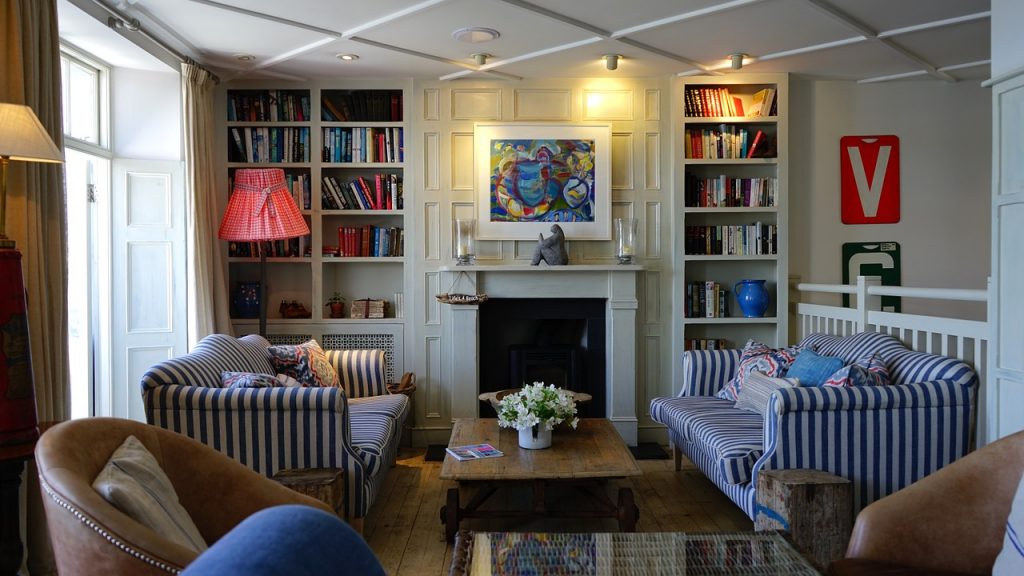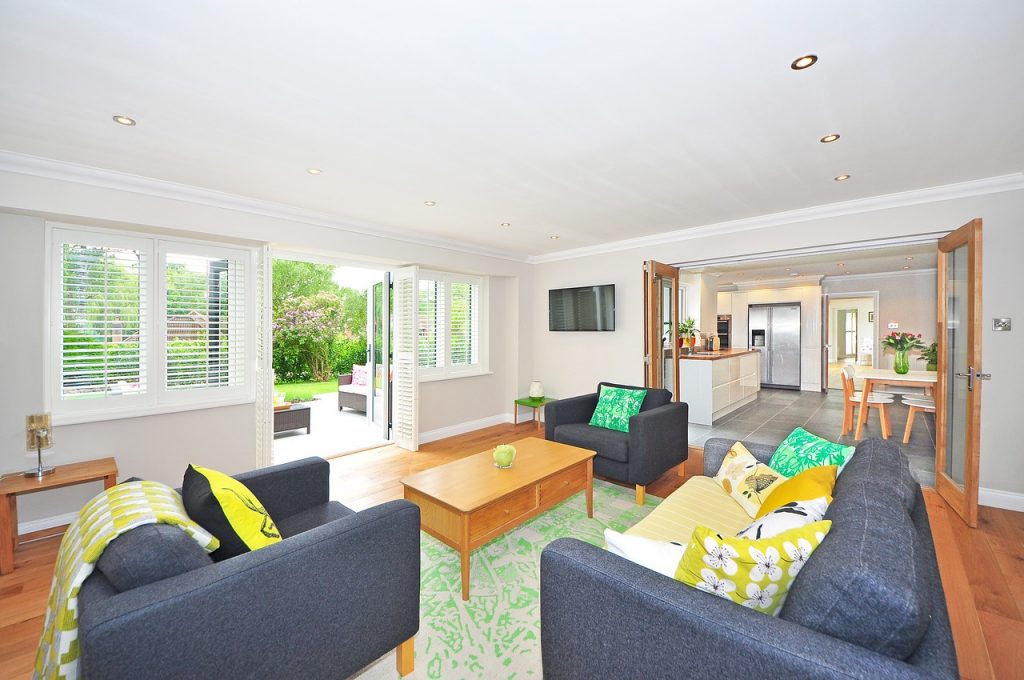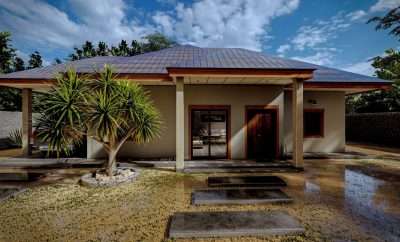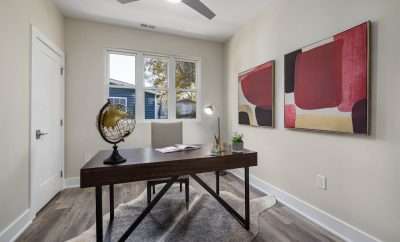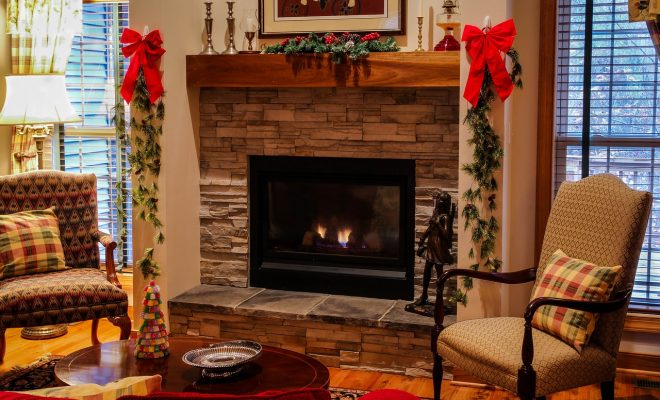
Residential Thermal Comfort And How to Improve It
Residential Thermal Comfort And How to Improve It
When you manage a commercial building, you are likely to receive hot and cold calls from your tenants. While constant complaining can take out the fun out of leasing a property, valuable feedback from tenants and occupants shouldn’t be ignored. Every step toward increasing thermal comfort is a step towards reduced utility bills, whether it’s about heating or cooling. Consider which of these tips you would apply in your case. Some handy residential thermal comfort and how to improve it
Factors that cause thermal discomfort
Hot and cold complaints that tenants usually make are caused by a variety of factors. Which can roughly be outlined as solar heat gain due to the heat island effect, air temperature, average temperature of nearby surfaces, radiant temperature from lighting and increased humidity from a pool, air speed and humidity. Since Australia currently doesn’t have a thermal comfort standard, the key referenced standard is the American Society of Heating Refrigeration and Air-conditioning Engineers (ASHRAE) standard ASHRAE 55-2004. Comfort is a subjective issue and can vary greatly from person to person. However, there is a generally agreed upon range of temperatures at which at least 80% of people feel comfortable and perform effectively and efficiently.
A quick fix
In many cases, the source of thermal discomfort lies in a simple problem. First, check your thermostats to see if an occupant has tampered with the thermostat setting. Incorrectly changed settings can affect the operation of the entire HVAC system. Second, check if one of the dampers has jammed. Finally, check the system’s diffusers. When you open an overhead VAV box on a hot sunny day, the occupants in the space should feel cool air blowing. If you’ve tried all these three quick fixes and the situations didn’t improve. There are other ways to improve thermal discomfort.
Replace HVAC filters
It’s known that by using high-performance HVAC filters you can lower total HVAC costs by up to 10% and improve indoor air quality and flow. Both of these conditions improve occupants comfort and satisfaction.
Install displacement ventilation
Unlike traditional mixed-flow ventilation systems that aim to uniformly dilute the entire air volume in a zone. Displacement ventilation relies on temperature stratification to consolidate heat in the top of the space so it can be removed directly. This concept of cooling is based on introducing cool air into a zone at low velocity, at floor level. The DV system supplies low-velocity air from multiple outlets close to the floor. The cool air rises as it’s heated by internal sources, like for example data processing equipment or lighting. The warm air is consolidated at the top of the space and removed through extraction ducts and does not enter the space again. This type of air distribution is also effective at removing many of contaminants associated with heat sources.
Remove sources of radiant heat
If you can eliminate or at least reduce the number of copiers and printers in your building, you should do so. Not only will you save energy and reduce interior temperatures, but also improve employee collaboration and sharing. In contrast to cushioned seating, office chairs with mesh backs and seats can reduce heat build-up and keep occupants comfortable even at higher temperatures. Desks that are open on the sides and backs also promote air circulation and cooling, especially if computer cases are located underneath.
Consider double glazing
Double glazed windows are an investment that can improve tenant and occupant comfort all-year-round. During summer months, they reduce solar heat gain and keep the outside heat from entering the conditioned space. While in winter months or in colder regions, they keep the radiant heat inside. So for instance, having double glazing installed in Canberra is equally effective as on the chilly southern coast of Tasmania. Without having to close blinds and shades, the occupants can enjoy the view to the outdoors, which definitely improves their comfort.
Residential thermal discomfort may stem from many factors. Sometimes, troubleshooting is simple as checking the operation and setting of the thermostat, while in some cases, the type of ventilation and window treatment doesn’t suit to the building’s newly acquired purposes or tenants. Luckily, the solution is always straightforward.

